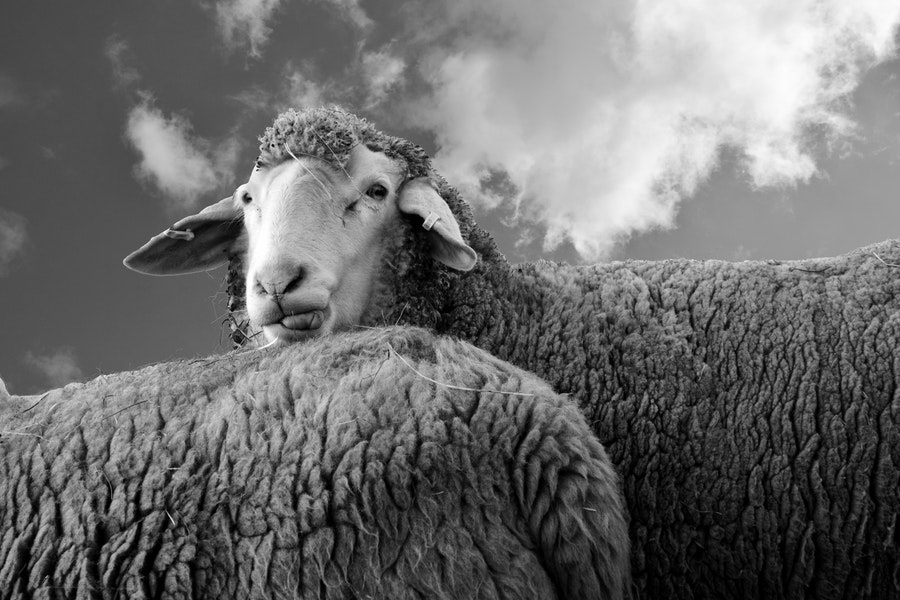This article was originally published in November 2020.
Many farming and food companies are investing or plan to invest in improving the sustainability of food production. This Craigmore commentary, the first in a three-part mini-series, examines the strategies of food companies and farmers to improve their environmental footprints. While sustainability is a much broader topic, this series focuses only on strategies to reduce greenhouse gas emissions and climate change mitigation.
This first part in the series looks at the commitments to reduce net greenhouse gas (GHG) emissions recently made by companies ranging from Tyson Foods (US) to Tesco (UK) and the movements made by farming industry leaders.
Greenhouse gases and farming
Non-CO2 emissions (methane and nitrous oxide) from agriculture (the production of food and fibre) are estimated to account for approximately 4.8–7.6 gigatonnes of CO2 equivalent greenhouse gases per annum (IPCC/FAO figure). This accounts for between 9% and 14% of humankind’s total GHG footprint (see IPCC report).
As a result, farmers, food companies and governments are rapidly establishing strategies to reduce the greenhouse gas emissions intensity of farming (and food) systems. Emissions intensity is the amount of greenhouse gases per weight, volume, calorie of food, nutrient or protein produced.
In June 2020 the United Nations Framework Convention on Climate Change launched the Race to Net Zero campaign to support the global Climate Ambition Alliance to achieve net zero emissions by 2050. Impressively, Danone has committed to migrate all the food it brings to market to net zero by 2050 and J. Sainsbury will migrate its operations to net zero (although not necessarily those of its farm suppliers) by 2040. Several food and farming operations, including Fonterra and Craigmore, are working to produce net zero dairy products well before then.


























